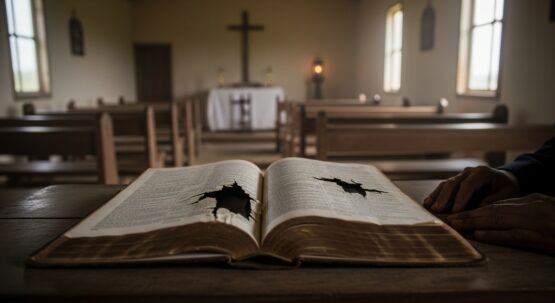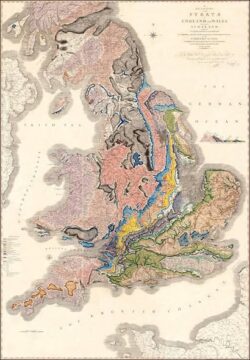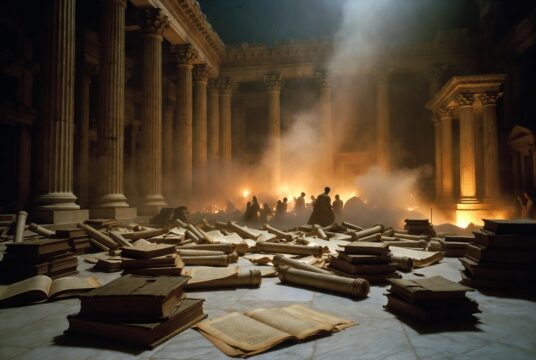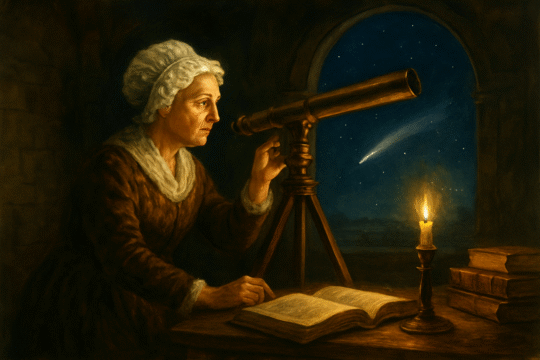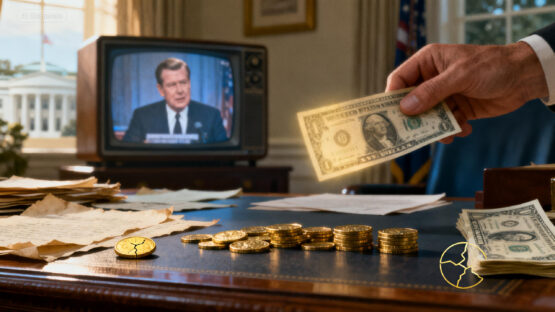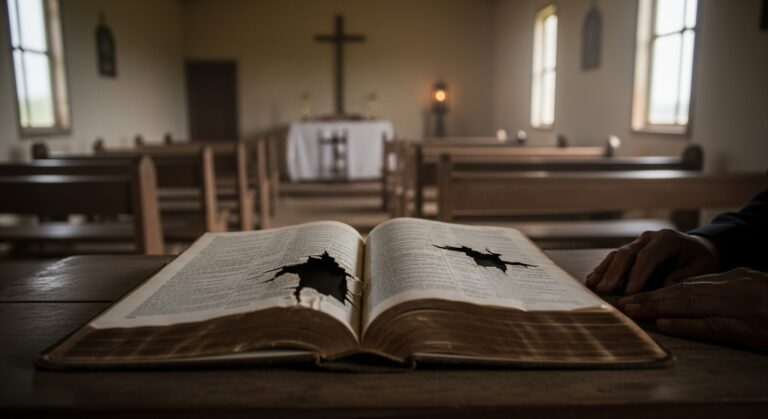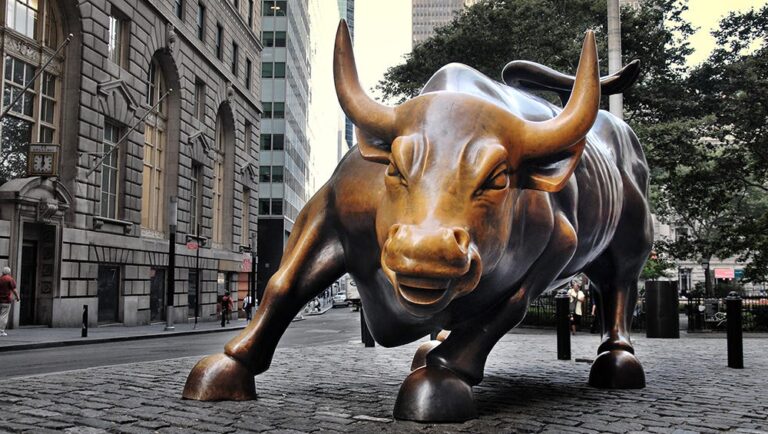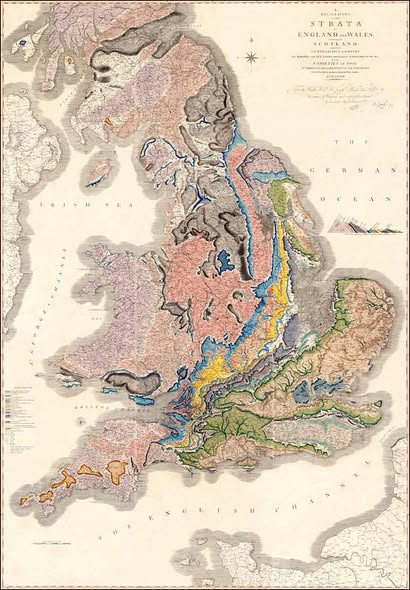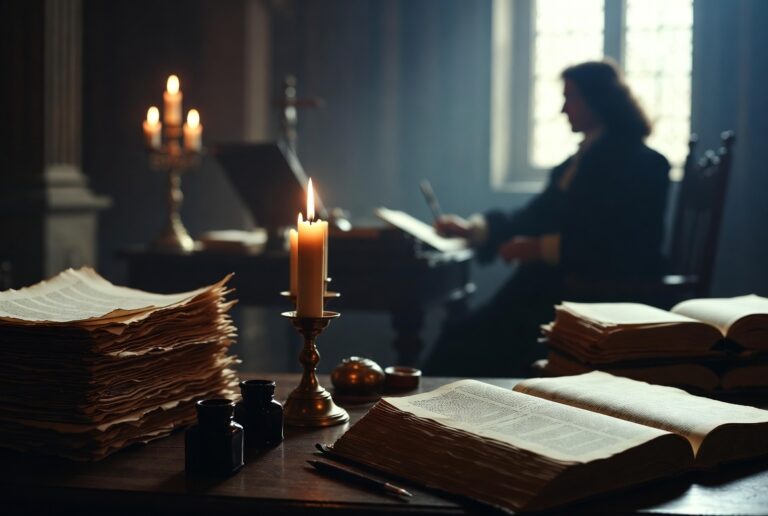They woke up one December morning and there it was — a seven-thousand-pound bronze bull staring down Wall Street. No one had ordered it, no one had approved it, and no one knew who had placed it there.
If you walk past the New York Stock Exchange, you see it gleaming under the sunlight, polished by millions of hands. Most people assume it’s official — a monument planned, funded, and installed by the city. The truth is stranger.
In December 1989, a massive bronze bull appeared in front of the New York Stock Exchange without permission.
Most people who see it every day assume it was commissioned or donated. They do not know it was installed in the middle of the night, placed there by an artist who refused to ask for permission.
Arturo Di Modica conceived the bull after the shock of Black Monday in 1987. The stock market had plunged, confidence had cracked, and the city looked fragile.
Di Modica wanted to make something that would speak to recovery and strength. He used his own money to cast a single work of public art and he built it in secret in a SoHo studio.
The sculpture weighed more than seven thousand pounds and rose nearly eleven feet from hoof to shoulder. Its muscles read like tension about to be released. Every line of the bronze suggested motion held in reserve. Di Modica hoped the piece would give people a sense of confidence, not as a monument to finance, but as a symbol of resilience.
Besides, he had no permit and expected refusal if he asked. He did not seek permission either.
So, one late night he and a few friends loaded the statue onto a flatbed truck and drove down Manhattan’s empty streets toward Wall Street. The city was quiet. The Exchange stood under its annual Christmas tree. Di Modica positioned the bull beneath the tree and lowered it onto the cobblestones. They left before dawn.
When the city woke, a giant bronze animal had appeared where no one had placed it. Police removed the sculpture and impounded it. The artist assumed the work would be seized and forgotten. He had not expected the public reaction that followed.
Commuters and tourists flocked to where the bull had stood. Newspapers published photographs and editorials. People began to treat the sculpture as a gift. The mood turned quickly. What police saw as illegal placement, many New Yorkers saw as a bold act of confidence at a time when the city felt shaky.
Public sentiment pressured officials to return the bull to public view. The Parks Department decided to reinstall it a short distance away in Bowling Green Park. The city did not buy the sculpture. Whoever owned it remained the artist. Di Modica never asked for payment. He described the work as a present to the city.
The meaning of the sculpture changed over time. Photographers used it as a backdrop for celebratory photos. Traders used it as a symbol of market might. Protesters later used it as a target when they wanted to criticize finance. The public attached many meanings to it, sometimes conflicting ones, but the bronze form continued to draw attention.
A small number of details about the bull complicate the tidy story of a single night’s stunt. Di Modica paid for the casting himself. He spent hundreds of thousands of dollars to deliver a message without a sponsor.
He risked fines and arrest and the loss of his work. He accepted those risks to place an image of readiness and strength onto a street that had become, for many, a place of vulnerability.
When he died in 2021, he still held legal title to the sculpture. The city never purchased it outright. The bull remained, in a sense, the artist’s gift and the city’s unbought treasure. Its presence on the sidewalk has continued to prompt questions as often as pictures.
There is a quieter part of the story that rarely reaches tourists who pose for photographs. Di Modica wanted the work to restore faith, not to celebrate wealth. He wanted people to feel emboldened when they saw it. He did not intend the bull to become an icon of excess. Yet symbols travel beyond their maker’s intention. The sculpture has been repurposed by commerce and protest alike.
If you stand on the cobblestones near Bowling Green and watch commuters tap the bull’s flank, it is easy to forget how the sculpture arrived there. The image of an artist driving a truck in the early morning, lowering seven thousand pounds of bronze onto public stone, reads like a simple act. The outcome was not simple. The city accepted it. The crowd made it famous. Time refitted its meaning.
This story is not merely about an unauthorized installation. It is about how public objects acquire authority and how unexpected gestures can become permanent parts of a city’s identity. It is about risk, intent, and the way people decide what a symbol will mean.
If this surprised you, share it. Ask a friend whether they knew the bull had been dropped there in the night. Symbols often look inevitable until someone tells the story of how they actually appeared.
#Wallstreetbull #bullofwallstreet
Follow us on Facebook and Instagram for the latest updates and exclusive content!

